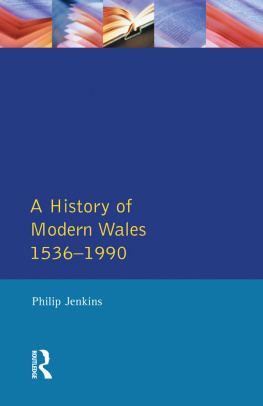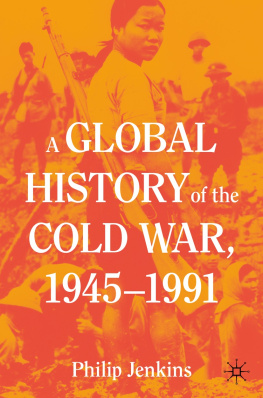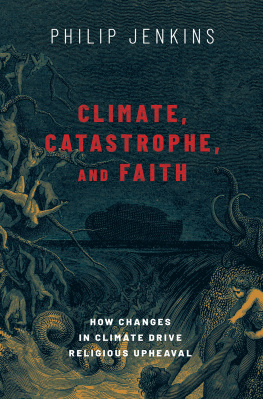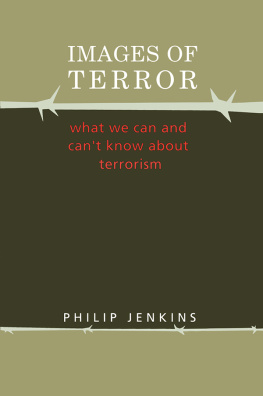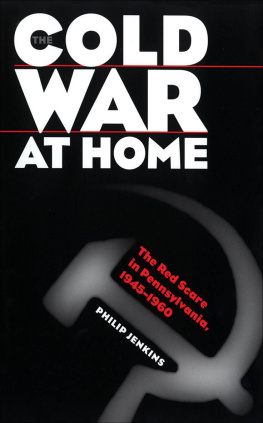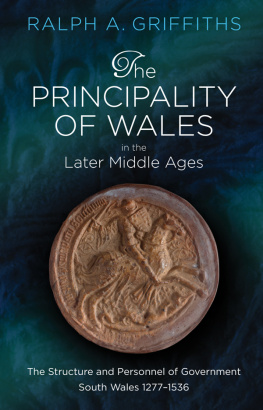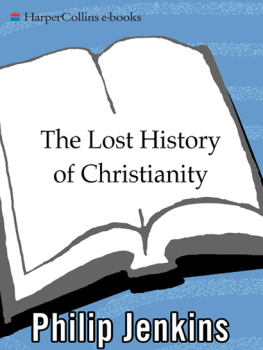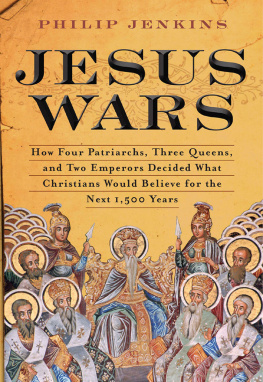A History of Modern Wales
In preparation
A History of Medieval Wales
Huw Pryce
First published 1992 by Addison Wesley Longman Limited
Second Impression 1997
Published 2014 by Routledge
2 Park Square, Milton Park, Abingdon, Oxon OX14 4RN
711 Third Avenue, New York, NY 10017, USA
Routledge is an imprint of the Taylor & Francis Group, an informa business
Copyright 1992, Taylor & Francis.
All rights reserved. No part of this book may be reprinted or reproduced or utilised in any form or by any electronic, mechanical, or other means, now known or hereafter invented, including photocopying and recording, or in any information storage or retrieval system, without permission in writing from the publishers.
Notices
Knowledge and best practice in this field are constantly changing. As new research and experience broaden our understanding, changes in research methods, professional practices, or medical treatment may become necessary.
Practitioners and researchers must always rely on their own experience and knowledge in evaluating and using any information, methods, compounds, or experiments described herein. In using such information or methods they should be mindful of their own safety and the safety of others, including parties for whom they have a professional responsibility.
To the fullest extent of the law, neither the Publisher nor the authors, contributors, or editors, assume any liability for any injury and/or damage to persons or property as a matter of products liability, negligence or otherwise, or from any use or operation of any methods, products, instructions, or ideas contained in the material herein.
ISBN 13: 978-0-582-48925-7 (pbk)
British Library Cataloguing in Publication Data
Jenkins, Philip, 1952
A history of modern Wales 15361990
1. Wales, history
I. Title
942.9
Library of Congress Cataloging in Publication Data
Jenkins, Philip, 1952
A history of modern Wales, 15361990/Philip Jenkins.
p. cm.
Includes bibliographical references and index.
ISBN 0582489245 (cased) ISBN 0582489253
(paper)
1. WalesHistory. I. Title.
DA720.J471991
942.9dc20
9020643
CIP
Set in Linotron Bembo 10/12pt
Contents
Writing a general history of any nation over a lengthy period is a foolhardy venture, and choosing terminal dates is particularly difficult. Given the ancient continuity of the Welsh nation, it seems inappropriate to begin an account at any point after the Roman occupation. It is especially difficult to understand the impact of the Tudor reforms in Church or State without knowing the late medieval background, at least as far back as the Glyndwr rising; so beginning this history in the 1530s may appear eccentric or inconvenient. On the other hand, the present book has to be seen as the second of a pair of complementary volumes, which between them will describe the history of Wales from earliest times to the present.
This book is meant to be suitable for readers without any previous knowledge of Welsh history, though it is hoped that it might also be of value for those who already have some background. The general nature of the book means that references have not been provided quite so abundantly as in a more technical work; and it should be noted that chapter twenty, Historical Writing in Wales serves a multiple purpose. In addition to exploring the traditions of Welsh historiography and offering suggestions for further reading, the chapter also lists the sources that have been consulted in writing the book.
Names and dates
Welsh place names pose a particular problem. There was for example an ancient region known as Meirionydd, which was anglicised to Merioneth, and gave its name to the later shire. The tendency in reent years has been to return to the older Welsh forms, which are seen as more authentic, and where such forms are not available, they are invented. Merionethshire is now part of the modern parliamentary constituency of Meirionydd Nant Conwy, while the borough of Aberavan is known as Aberafan.
This issue of linguistic purity attracts remarkable passions, but it is difficult to share the enthusiasm. One could for example refer throughout to Sir Gaernarfon , but from the sixteenth century to the twentieth, the county was Caernarvonshire; and a form like Caernarfonshire is a monstrous hybrid. (The present writer has even seen instances where the English peers are described as the Earls of Caernarfon!) It would be bizarre for an English-language text to refer to Swansea as Abertawe , Cardiff as Caerdydd or Newport as Casnewydd. Why then apply a different principle to lesser places with equally well-established names? We might spell the name of the Monmouthshire town as Blaenau , though its residents have always known it as Blaina, and that is the name used here. Similarly for Llantwit Major ( Llanilltud Fawr) or Holywell ( Treffynnon ).
Perfect consistency is not claimed, but this book tends to follow the traditional English usage, as represented in the Ordnance Survey maps of the 1960s before the outbreak of linguistic correctness. In the south and borders especially, this has the virtue of following local usage.
All dates before 1752 are old-style, except that the year is taken as beginning on January 1.
To Liz
Catherine and Alexandra
Chapter One
Introductory: Which Wales?
For a thousand years, English and other writers have been in no doubt of the existence of a distinctive Welsh people, originally demarcated by language, but also by real or alleged ethnic traits. The Welsh were strongly attached to their homeland, which at various times had a separate political identity. In 1536, Henry VIIIs Act of Union spoke of a dominion, principality and country of Wales; a century later, Milton assumed that the Council in the Marches exercised control over an old, and haughty nation proud in arms. But exactly what was this nation?
The land of Wales is clearly defined as a political entity, comprising the 13 traditional counties formed under the Tudors, and reorganised in 1974 into eight new units. Beyond this, almost any statement about Welshness or the nature of Wales is likely to be controversial. In history and social science, it is common to use phrases that seem to assume clear distinctions within the geographical unit. One area might be more Welsh, while another is part of the anglicised lowlands; and language is only one factor in this division. This makes it appear that there exists an ideal true Wales, pura Wallia , which different regions can resemble to a greater or lesser degree. On the other hand, a survey of the modern history of Wales suggests a more complex picture. Within the small area of Wales, there are important regional and cultural distinctions, and it is a matter of debate whether any one region or cultural pattern can claim a greater correctness or authenticity. These divisions have provided an essential context to the development of every aspect of Welsh life, especially in matters of politics and religion.
A Welsh Nation?
Can we speak of Wales as anything more than an expression of geographical convenience? Henry VIII had officially snuffed out any legal distinctions or peculiarities that Wales might formerly have possessed, leaving a mere component of England, incorporated, united and annexed. Does Wales mean anything more than a term like East Anglia or Wessex, both geographical terms that preserve distant recollections of ancient statehood?

